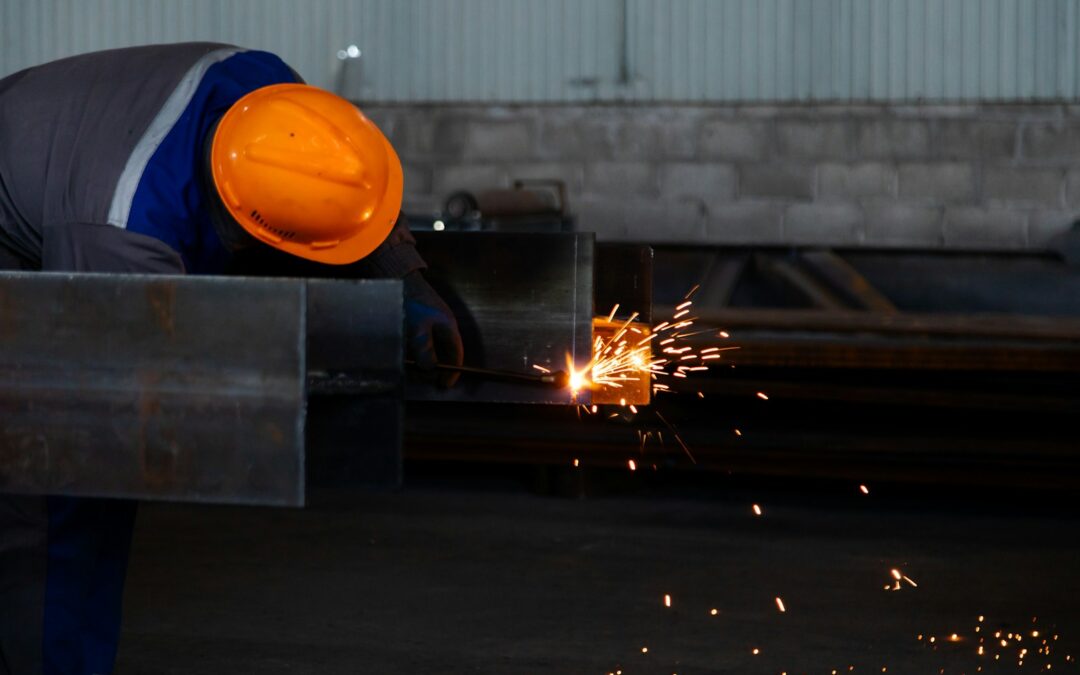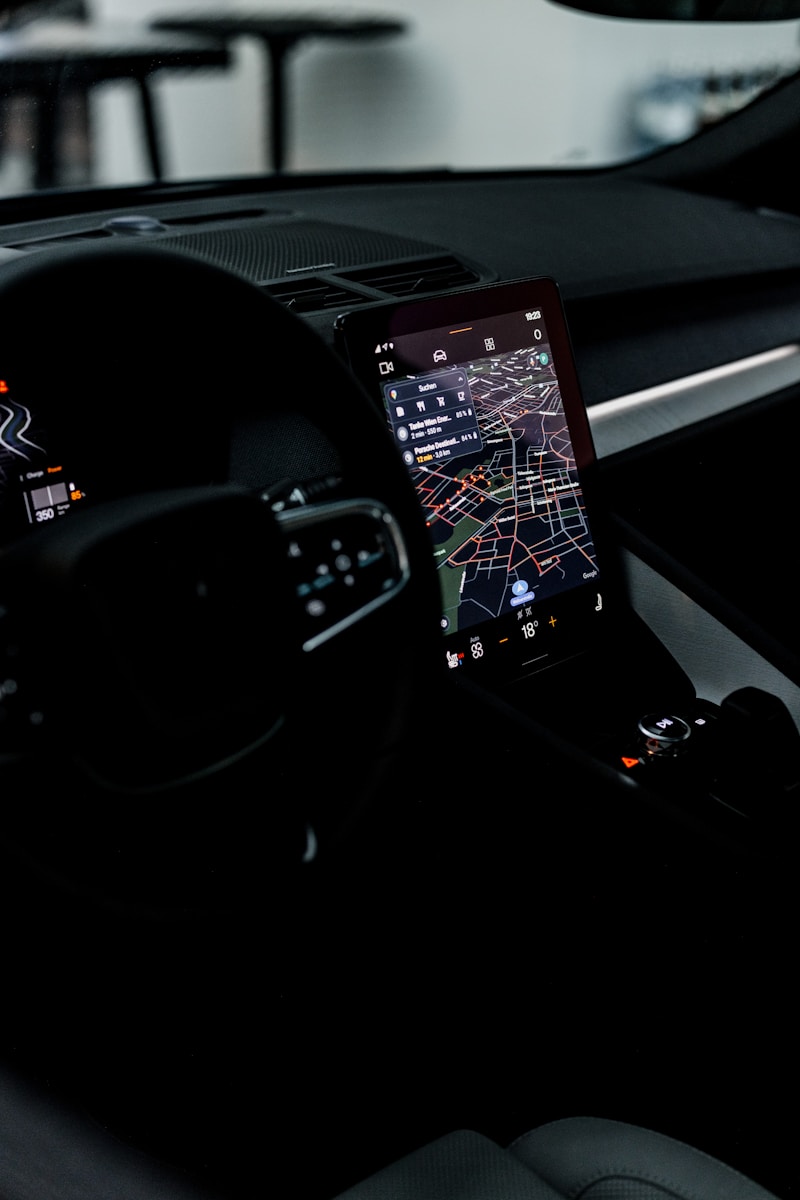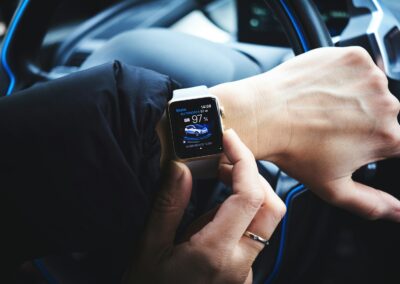Revolutionizing Safety Systems through IoT Technology
The Role of IoT-Enabled Wearables in Injury Detection and Prevention
The integration of IoT-enabled wearables in workplace safety is transforming how companies detect and prevent injuries, providing a proactive approach to employee health and safety. In industries where the risk of injury is high, such as construction and manufacturing in Riyadh and Dubai, implementing smart safety systems that incorporate IoT technology can significantly reduce the likelihood of accidents and improve overall workplace safety. By equipping employees with IoT-enabled wearables, companies can monitor vital signs, movements, and environmental conditions in real-time, allowing for immediate intervention when potential hazards are detected.
IoT-enabled wearables are devices equipped with sensors that track various health and safety metrics, such as heart rate, body temperature, and exposure to hazardous substances. These wearables are connected to a centralized safety system that continuously analyzes the data and alerts supervisors if any readings indicate a potential risk. For example, if a worker’s heart rate spikes suddenly or if they are exposed to harmful chemicals, the system can send an alert, enabling a swift response to prevent injury. This real-time monitoring not only enhances the protection of employees but also empowers companies to maintain a safer work environment.
Improving Workplace Safety with Predictive Analytics
One of the significant benefits of integrating IoT-enabled wearables in workplace safety is the ability to utilize predictive analytics for injury prevention. Traditional safety protocols often rely on reactive measures, addressing hazards only after an incident has occurred. However, IoT technology allows for a more proactive approach by analyzing data from wearables to identify patterns that may indicate an increased risk of injury. For instance, if data shows that workers in a specific area are frequently exposed to high temperatures, the system can recommend adjustments to reduce heat exposure and prevent heat-related illnesses.
In regions like the UAE and Saudi Arabia, where high temperatures and demanding work environments are common, the ability to predict and mitigate risks is invaluable. By leveraging predictive analytics, companies can not only prevent injuries but also optimize safety protocols to address potential hazards before they result in harm. This approach not only protects employees but also reduces downtime, enhances productivity, and lowers the costs associated with workplace accidents.
Enhancing Compliance and Reporting with IoT Technology
Another critical advantage of IoT-enabled wearables in workplace safety is the enhancement of compliance and reporting capabilities. Safety regulations in Saudi Arabia and the UAE require companies to adhere to strict standards to protect their employees. IoT technology simplifies compliance by automatically recording and reporting safety data, ensuring that companies meet regulatory requirements without the need for manual record-keeping. This not only reduces the administrative burden but also ensures that safety data is accurate, up-to-date, and easily accessible for audits or inspections.
For example, in a construction site in Dubai, wearables can track whether workers are wearing required safety gear, such as helmets and harnesses, and alert supervisors if any non-compliance is detected. The system can generate real-time reports on safety compliance, allowing management to quickly address any issues and avoid potential fines or legal consequences. By integrating IoT technology into safety systems, companies can enhance their ability to comply with regulations, improve safety outcomes, and protect their reputation.
Strategic Benefits of IoT-Enabled Wearables in Workplace Safety
Optimizing Emergency Response with Real-Time Data
The use of IoT-enabled wearables in workplace safety also significantly enhances emergency response capabilities. In the event of an accident, real-time data from wearables can provide first responders with critical information about the injured worker’s condition, location, and the nature of the incident. This immediate access to vital data can expedite emergency care, potentially saving lives and reducing the severity of injuries.
For example, in a high-risk environment such as an oil refinery in Saudi Arabia, if an explosion or fire occurs, wearables can instantly transmit data to emergency teams, including the exact location of all workers and their health status. This enables a more coordinated and efficient response, ensuring that workers receive the necessary care as quickly as possible. Additionally, the data collected during the incident can be used to analyze the cause of the accident and improve safety protocols to prevent future occurrences.
Enhancing Worker Engagement and Accountability
IoT-enabled wearables also contribute to enhancing worker engagement and accountability in safety practices. By providing employees with wearables that monitor their safety, companies can foster a culture of safety awareness and personal responsibility. Workers are more likely to adhere to safety protocols when they know that their actions are being monitored and that the data is being used to protect their well-being.
In cities like Riyadh and Dubai, where industrial growth and workforce expansion are rapidly occurring, fostering a culture of safety is essential. Wearables can remind workers to take breaks, stay hydrated, or use protective equipment, ensuring that they remain vigilant and compliant with safety standards. This increased engagement not only improves individual safety but also contributes to a safer overall work environment, reducing the likelihood of accidents and injuries.
Future Trends in IoT-Enabled Workplace Safety
As IoT technology continues to evolve, the future of IoT-enabled wearables in workplace safety holds even greater potential for protecting workers and preventing injuries. The integration of artificial intelligence and machine learning with IoT systems will enable even more sophisticated safety monitoring and predictive analytics, allowing companies to identify and mitigate risks with greater accuracy. Additionally, advancements in wearable technology, such as more compact and comfortable designs, will increase adoption rates and further enhance the effectiveness of these safety systems.
In conclusion, the integration of IoT-enabled wearables in workplace safety offers significant benefits for companies looking to improve injury detection, prevention, and overall safety outcomes. By leveraging real-time data and predictive analytics, businesses in regions like Saudi Arabia and the UAE can create safer work environments, enhance compliance, and protect their most valuable asset—their employees. As the technology continues to advance, IoT-enabled wearables will undoubtedly play a central role in the future of workplace safety.
#IoTWearables #WorkplaceSafety #InjuryPrevention #SafetyTechnology #IndustrialIoT #SmartSafety #EmployeeHealth #RiyadhIndustry #DubaiTech































